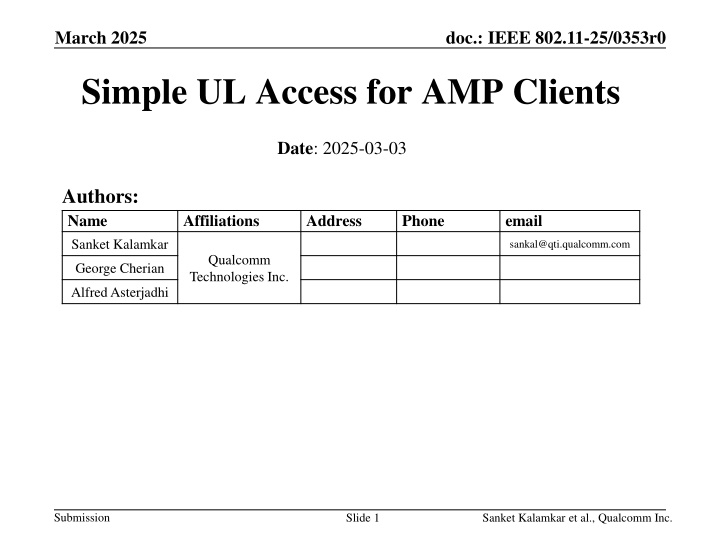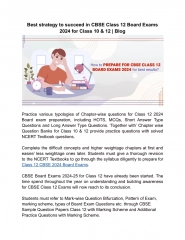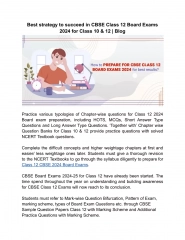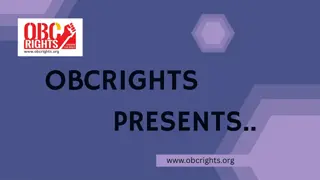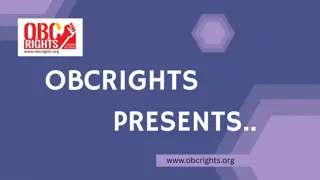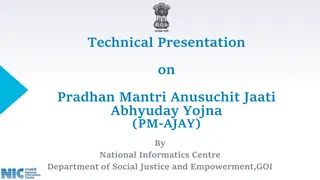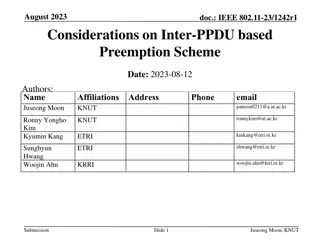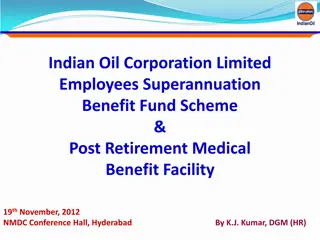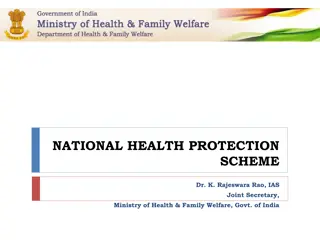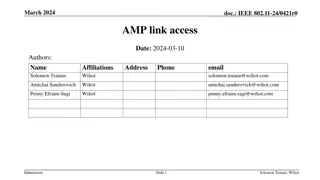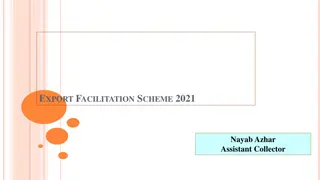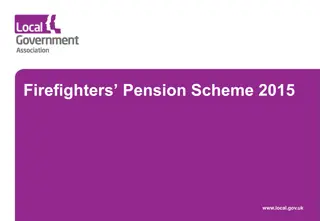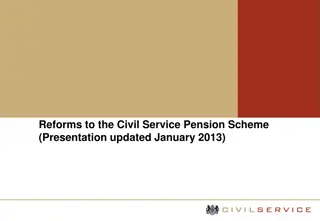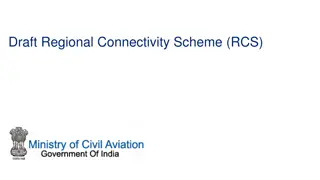Simple UL Access Scheme for AMP Clients
Proposal for a straightforward channel access scheme addressing limitations of AMP clients, focusing on energy efficiency and minimal memory. The scheme supports both unicast and multicast/broadcast cases without requiring timing synchronization.
Download Presentation

Please find below an Image/Link to download the presentation.
The content on the website is provided AS IS for your information and personal use only. It may not be sold, licensed, or shared on other websites without obtaining consent from the author.If you encounter any issues during the download, it is possible that the publisher has removed the file from their server.
You are allowed to download the files provided on this website for personal or commercial use, subject to the condition that they are used lawfully. All files are the property of their respective owners.
The content on the website is provided AS IS for your information and personal use only. It may not be sold, licensed, or shared on other websites without obtaining consent from the author.
E N D
Presentation Transcript
March 2025 doc.: IEEE 802.11-25/0353r0 Simple UL Access for AMP Clients Date: 2025-03-03 Authors: Name Sanket Kalamkar Affiliations Address Phone email sankal@qti.qualcomm.com Qualcomm Technologies Inc. George Cherian Alfred Asterjadhi Submission Slide 1 Sanket Kalamkar et al., Qualcomm Inc.
March 2025 doc.: IEEE 802.11-25/0353r0 Proposal This contribution proposes a simple channel access scheme that: Considers the limitations of AMP clients (Active Tx, Backscatter clients) Limited energy availability Minimal to no persistent memory High clock drift Supports both unicast and multicast/broadcast cases Simple protocol for UL channel access Assumes no timing synchronization Submission Slide 2 Sanket Kalamkar et al., Qualcomm Inc.
March 2025 doc.: IEEE 802.11-25/0353r0 Recap: E2E View of AMP Operation Per Schedule/ On Demand Once in a while Once in a while Once AMP Operation Mode Information Exchange Offline Onboarding Initial Info Exchange AMP Trigger/ UL Response Offline Onboarding E.g., password setting Optional: May be outside IEEE scope Initial Info Exchange (Discovery) AP and AMP clients exchange basic information, e.g., MAC addresses May happen post-onboarding or when the AP needs to verify if the client remains within its range AP uses this mode to determine the presence of active AMP clients AMP Operation Mode Information Exchange AP requests the client s operation capabilities The client provides capability and schedule-related information to the AP E.g., schedule information, power budget, energy harvesting capabilities AP uses this mode to determine the Tx/Rx parameters to reach AMP clients AMP Poll (Trigger)/UL Response AP requests client for uplink (UL) transmissions; client sends UL transmissions Happens Per schedule/On-demand Submission Slide 3 Sanket Kalamkar et al., Qualcomm Inc.
March 2025 doc.: IEEE 802.11-25/0353r0 Steps for UL Access When AP wants to solicit an UL AMP PPDU from a client: From AP side: 1. Sends energizing/excitation signal towards the client 2. Sends Trigger frame to solicit UL access that is addressed to the client From Client side: 1. If the client accumulates sufficient energy to wake up and perform an UL transmission, the client wakes up 2. The client looks for the Trigger frame addressed to it 3. If the Trigger frame is addressed to the client: The client performs UL access 4. If the Trigger frame is NOT addressed to the client: The client goes back to sleep Submission Slide 4 Sanket Kalamkar et al., Qualcomm Inc.
March 2025 doc.: IEEE 802.11-25/0353r0 Remarks The proposed UL access assumes no timing synchronization between the AP and the client E.g., Need not rely on duty-cycled operation The client can specify how often it expects the AP to solicit UL PPDUs E.g., during AMP Operation Mode Information Exchange The AP charges the client accordingly to ensure sufficient energy for UL access The AP sends an energizing/excitation signal only when it intends to solicit UL access from the client When the client performs UL access, it uses the Trigger frame s receive time as a reference for that TXOP Submission Slide 5 Sanket Kalamkar et al., Qualcomm Inc.
March 2025 doc.: IEEE 802.11-25/0353r0 Summary Proposed a simple protocol for AMP clients for UL access Does not need to timing synchronization between the AP and the clients Honors AMP clients limitations Limited energy availability Minimal to no persistent memory High clock drift Submission Slide 6 Sanket Kalamkar et al., Qualcomm Inc.
March 2025 doc.: IEEE 802.11-25/0353r0 SP Do you agree that an 802.11bp client may use the receive time of the AMP Trigger frame, which solicits UL AMP PPDUs from the client, to determine the timing for transmitting UL AMP PPDUs? Submission Slide 7 Sanket Kalamkar et al., Qualcomm Inc.
